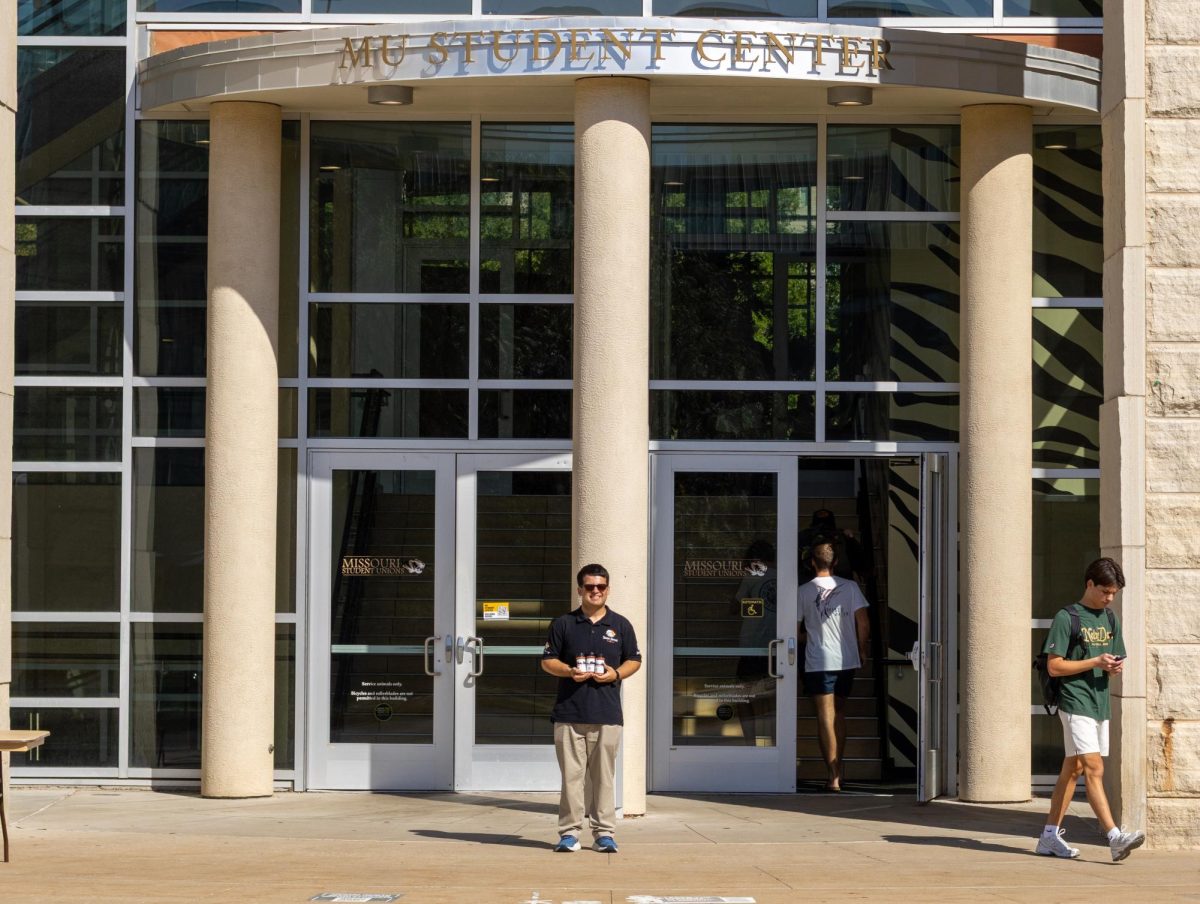In response to a potential 12.5 percent cut to higher education this year, the UM System Board of Curators approved supplemental fee increases on Feb. 3, at the first meeting of 2012.
MU increases will include a 3.3 percent increase to the information technology fee and additional course fees to the College of Business, School of Journalism, School of Health Professions and College of Engineering.
The College of Business courses are set to increase the most, by 32.8 percent. The School of Journalism follows at 18.3 percent, the School of Heath Professions at 15.7 percent and the College of Engineering at 10.4 percent.
College of Business Dean Joan Gabel welcomed the fee increases as a way to maintain student services. The fee increases would change the $17.30 a course to $70.10.
“We have provided students with a lot of services and faced the choice to increase fees or cut back services,” Gabel said. “We want to make sure our students are prepared in a hard job market so we increased fees in order to ensure that our classes and services are top notch.”
Brian Brooks, associate dean of the School of Journalism, also said the fee increases were much needed.
The increase would change journalism course fees from $9.30 to $60, according to a report from the Board of Curators.
Brooks said in an email that the journalism school requested an increase a couple of years ago, but the board implemented only part of it. The increase this year represents the rest of the requested increase.
“The journalism course fee funds technology and helps to pay for teaching assistants,” Brooks said. “Journalism education has become increasingly dependent on technology, so the fee is really needed.”
Brooks said a large portion of the fee goes back to selected students in the form of teaching assistantships. This has become increasingly necessary, as the journalism school has doubled in size during the past 10 years.
Freshman journalism student Jay Wallis said he wished the board had asked for more public input before deciding to raise fees.
“Instead of directly raising fees or tuition, I wish they would let the public weigh in,” Wallis said. “There could be other ways to gain revenue.”
Interim System President Steve Owens said [in a letter published Feb. 7 on the Board of Curators website](http://www.umsystem.edu/content/emails/president-eletter-020612.html) though 2011 was a productive year where more was done with less, he was uncertain how long that could continue.
“How long can we do more than less,” Owens said in his letter. “Even an institution with a noble purpose and dedicated people cannot flourish for long without adequate resources.”
The board did not vote on proposed tuition increases but is expected to address it later this month.
The proposal would increase undergraduate and graduate tuition for MU in-state and out-of-state students by 7.5 percent, according to a report from the board.
Gov. Jay Nixon released a statement following this proposed tuition increase, saying the tuition proposal should get the scrutiny it deserves from the Commissioner of Higher Education.
“This tuition proposal is well beyond the increase in the cost of living allowed by statute,” Nixon said in the release. “Universities should look first at achieving every efficiency in their operations before taking this type of action that affects families’ ability to pay for higher education.”
A summary released by the board regarding tuition and enrollment fees for 2013 stated a 43 percent increase in enrollment at MU over the last decade has resulted in significant declines in state support per student.
“Without tuition increases at the proposed levels, the campus fears ranking will continue to fall,” according to the summary. “And upcoming accreditation of programs as well as its AAU (Association of American Universities) status could be at risk.”
Even with the proposed increases in tuition and fees there is still a budget gap of $54.2 million, according to the summary. To cover the decline in state appropriations alone would require an increase in tuition rates of 11 percent.







